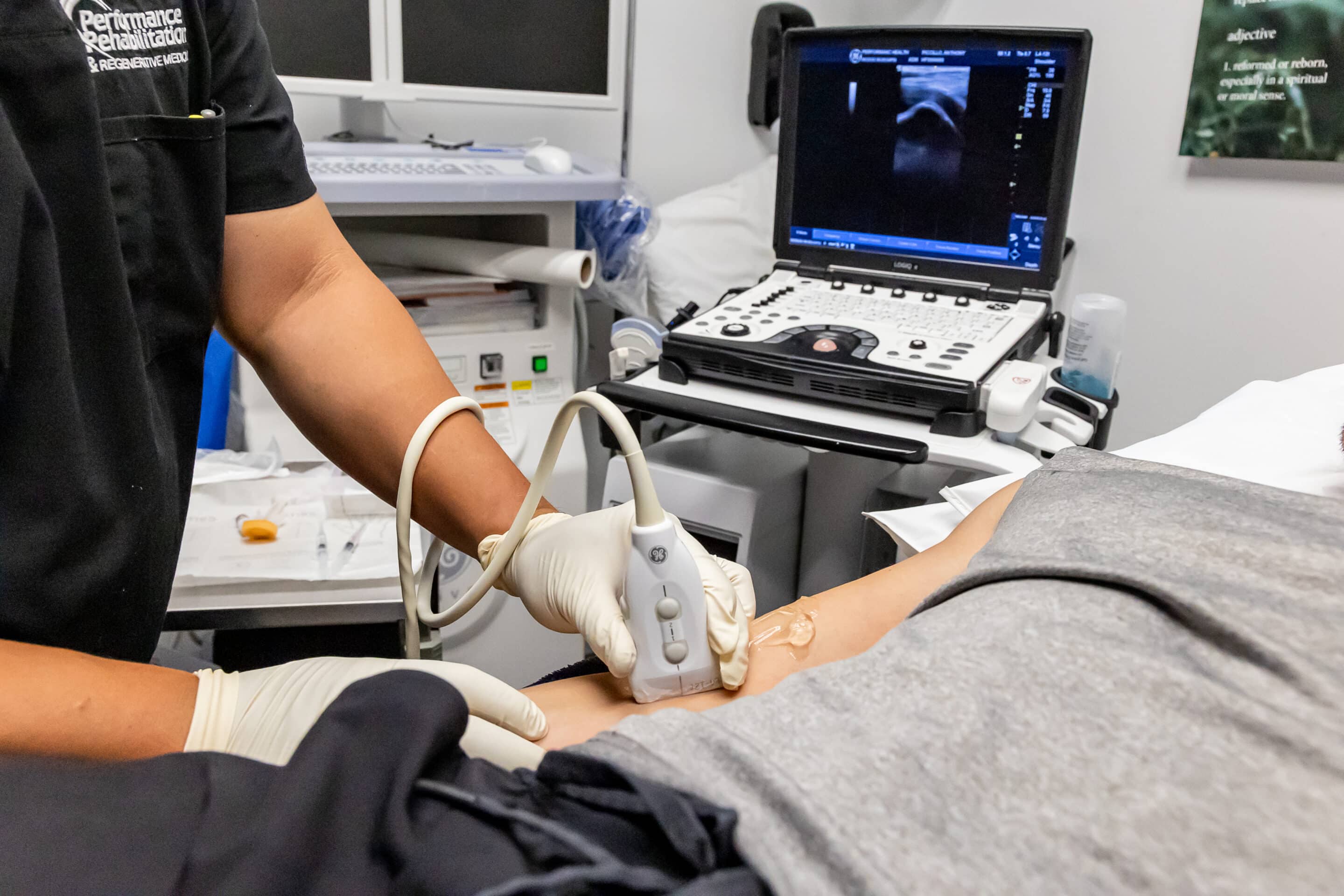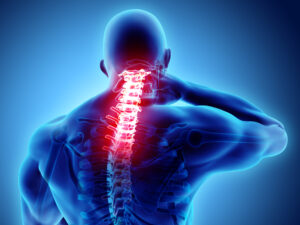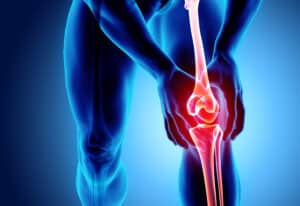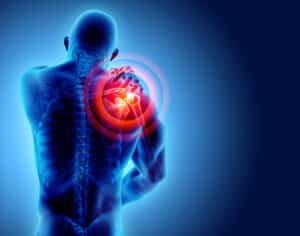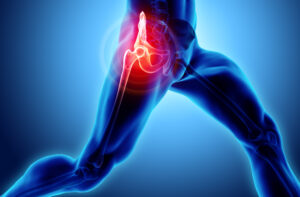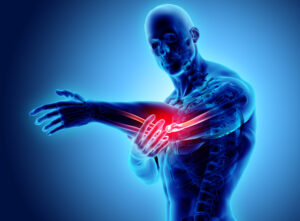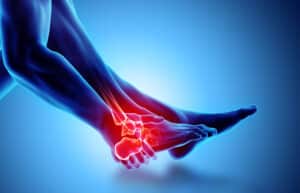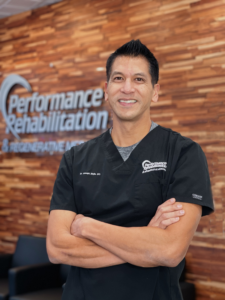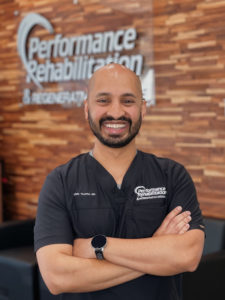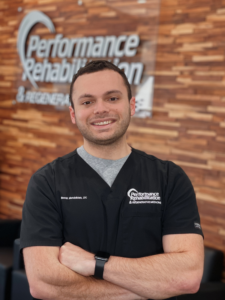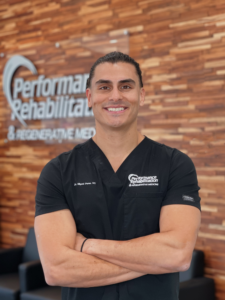Our knees are incredible joints that bear a significant amount of our body weight and allow us to move with grace and agility. However, knee pain can be a common and debilitating issue that affects people of all ages and backgrounds. Whether you’re an athlete pushing your limits, a weekend warrior enjoying recreational activities, or someone experiencing age-related changes, knee pain can impact your quality of life and limit your ability to perform everyday tasks.
So, what causes knee pain? There are various factors at play. Common culprits include osteoarthritis, ligament injuries, meniscus tears, patellofemoral pain syndrome, and tendonitis. These conditions can arise from repetitive stress, sports-related injuries, degenerative changes, muscle imbalances, or even improper form during exercise.
It’s crucial to seek proper diagnosis and treatment to address knee pain effectively. Consulting with a qualified healthcare professional, such as an orthopedic specialist or a physical therapist, can help you understand the underlying causes and develop a comprehensive treatment plan tailored to your needs. Give us a call today if you are interested in scheduling a consultation today, 908-756-2424.
What are Common Causes of Knee Pain?
- Osteoarthritis: This is the most common form of arthritis that affects the knee joint. It occurs when the protective cartilage that cushions the bones within the joint wears down over time, leading to pain, stiffness, and inflammation.
- Ligament Injuries: Injuries to the ligaments in the knee, such as the anterior cruciate ligament (ACL) or the medial collateral ligament (MCL), can cause knee pain. These injuries often occur during sports or activities that involve sudden twisting or impact.
- Meniscus Tears: The meniscus is a C-shaped piece of cartilage that acts as a shock absorber between the thigh bone and shin bone. Tears in the meniscus can cause knee pain, swelling, and limited range of motion. They can result from sudden twisting or degenerative changes.
- Patellofemoral Pain Syndrome: This condition, also known as “runner’s knee,” causes pain around the front of the knee, particularly around the kneecap (patella). It often occurs due to overuse, improper tracking of the kneecap, muscle imbalances, or weak thigh muscles.
- Tendonitis: Tendonitis refers to inflammation or irritation of a tendon, which attaches muscle to bone. Patellar tendonitis (jumper’s knee) and quadriceps tendonitis are common types of knee tendonitis that cause pain and tenderness around the knee joint.
What are Treatment Options for Knee Pain?
- Rest and Activity Modification: In many cases, giving the knee time to rest and avoiding activities that exacerbate the pain can help alleviate symptoms. Modifying activities to reduce stress on the knee joint is often recommended.
- Physical Therapy: A physical therapist can provide targeted exercises and stretches to strengthen the muscles around the knee, improve flexibility, and correct imbalances. This approach can help relieve pain and improve knee function.
- Regenerative Medicine: We specialize in providing non-surgical alternatives to joint replacements and other orthopedic surgeries by utilizing Adult Stem Cell Therapy, Platelet Rich Plasma Therapy and Prolotherapy or a combination of these therapies based on each patient’s unique needs. This results in a safe, effective, and powerful treatment with restoration of function and pain relief.
- Viscosupplementations: Performance now offers the benefit of viscosupplementation/hyaluronic acid injections or simply known as “joint cushioning injections”. This 100% natural, FDA-approved joint injection process has been proven to help reduce the pain and suffering that is commonly associated with untreated OA .
- MLS Laser Therapy: Robotic Regenerative MLS Laser Therapy is an advanced, FDA-cleared, non-surgical laser technology that works to eliminate pain and reduce inflammation in the body in a safe, painless, and non-invasive way. This therapy utilizes dual wavelengths of infrared light to penetrate deep into the tissue and stimulate regeneration at the cellular level.
- Occupational Therapy: Overall, the goal of Occupational Therapy is to help our clients, regardless of condition or setting, return to participation in the activities that they need and want to do. To achieve this, clinical practice will increasingly reflect the application of current research, evidence, and critical reasoning to achieve better outcomes.
- Medications: Over-the-counter nonsteroidal anti-inflammatory drugs (NSAIDs), such as ibuprofen, can help reduce pain and inflammation. In some cases, a healthcare provider may prescribe stronger pain medications or corticosteroid injections for more severe pain.
- RICE Therapy: Rest, Ice, Compression, and Elevation (RICE) can help reduce pain and swelling in the knee. Applying ice packs, wearing a compression bandage, and elevating the leg can provide relief.
- Assistive Devices: The use of braces, crutches, or supportive footwear may be recommended to stabilize the knee, reduce strain, and promote healing.
- Surgical Intervention: In cases of severe knee pain or when conservative measures fail to provide relief, surgery may be considered. Procedures such as arthroscopy, meniscus repair, ligament reconstruction, or knee replacement surgery may be appropriate depending on the underlying cause and severity of the condition.
It’s important to consult with a healthcare professional for an accurate diagnosis and personalized treatment plan for your knee pain. They can evaluate your specific situation and recommend the most appropriate course of action. Give us a call today to request a consultation and get to the root of your pain, 908-756-2424.


